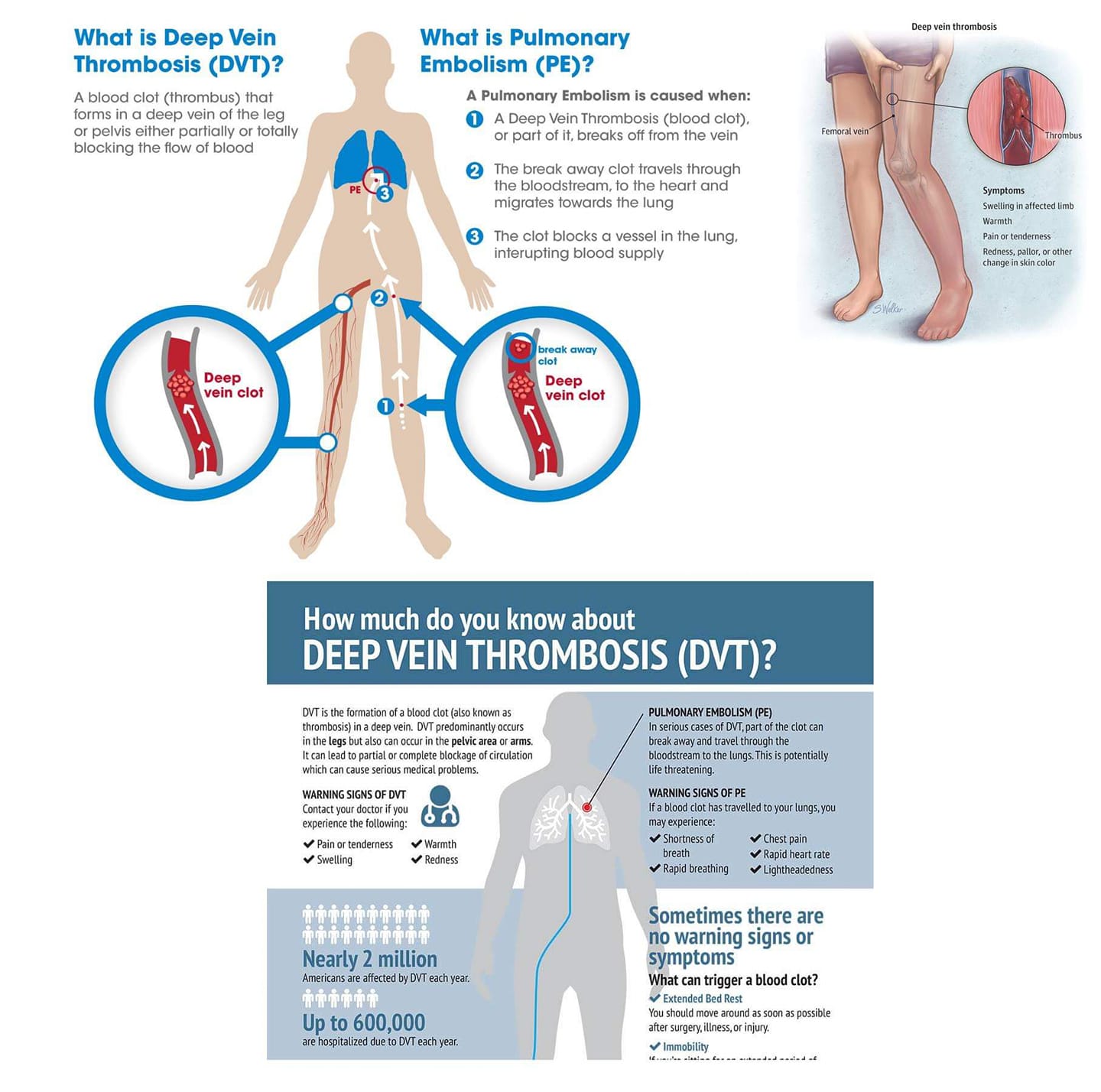How does a blood clot look. Understanding Blood Clots: Symptoms, Causes, and Treatments Explained
How do blood clots form in the body. What are the main symptoms of a blood clot. Which factors increase the risk of developing blood clots. How are blood clots diagnosed and treated. What preventive measures can reduce the likelihood of blood clots.
The Nature and Formation of Blood Clots
Blood clots are accumulations of cells and proteins within the bloodstream. While they serve a vital function in stopping bleeding after an injury, they can pose serious health risks when they form inappropriately or fail to dissolve naturally. Understanding the nature of blood clots is crucial for recognizing potential dangers and seeking timely medical attention.
How do blood clots typically form? Under normal circumstances, blood clotting is a protective mechanism:
- When an injury occurs, platelets in the blood rush to the site
- These platelets stick together and release chemicals that attract more platelets
- Proteins in the blood called clotting factors are activated
- A fibrin mesh forms, trapping red blood cells and creating a clot
- As healing progresses, the body gradually breaks down the clot

Problems arise when clots form without an injury or fail to dissolve properly. These abnormal clots can obstruct blood flow, leading to serious complications depending on their location in the body.
Recognizing the Symptoms of Blood Clots
The symptoms of a blood clot can vary widely based on its location in the body. Being aware of these signs is crucial for early detection and treatment.
Deep Vein Thrombosis (DVT) Symptoms
DVT occurs when a clot forms in a deep vein, typically in the leg. Common symptoms include:
- Swelling in the affected limb
- Pain or tenderness, often described as a cramping sensation
- Warm skin in the affected area
- Redness or discoloration of the skin
Pulmonary Embolism (PE) Symptoms
A PE occurs when a clot travels to the lungs, causing potentially life-threatening complications. Symptoms may include:
- Sudden shortness of breath
- Chest pain, especially when breathing deeply
- Rapid heartbeat
- Coughing, sometimes with bloody sputum
- Lightheadedness or fainting

Can blood clots cause visible changes to the skin? In some cases, yes. A clot in the legs or arms may cause the affected limb to appear bluish or reddish. Even after the clot resolves, some individuals may experience lasting skin discoloration due to damage to the blood vessels.
Risk Factors for Developing Blood Clots
Several factors can increase an individual’s likelihood of developing blood clots. Understanding these risk factors is essential for prevention and early intervention.
Medical Conditions and Treatments
Certain health conditions and medical procedures can elevate the risk of blood clots:
- Recent surgery or hospitalization
- Cancer and its treatments
- Heart and lung diseases
- Hormonal treatments, including birth control pills and hormone replacement therapy
- Pregnancy and the postpartum period
Lifestyle and Environmental Factors
Various lifestyle choices and environmental circumstances can contribute to clot formation:
- Extended periods of inactivity, such as long flights or bed rest
- Obesity
- Smoking
- Dehydration
- Advanced age (over 60)

Why does prolonged immobility increase the risk of blood clots? When we remain stationary for extended periods, blood flow in the legs slows down. This reduced circulation can allow blood to pool and clot more easily, especially in the deep veins of the legs.
Diagnostic Approaches for Blood Clots
Accurate diagnosis of blood clots is crucial for appropriate treatment. Healthcare providers employ various methods to detect and locate clots within the body.
Imaging Techniques
Several imaging modalities can help visualize blood clots:
- Ultrasound: Often used to detect DVT in the legs or arms
- CT scans: Can identify clots in the lungs (PE) or other parts of the body
- MRI: Provides detailed images of blood vessels and potential clots
- Venography: An X-ray technique using contrast dye to highlight blood vessels
Blood Tests
Specific blood tests can aid in diagnosis:
- D-dimer test: Measures a substance released when blood clots break down
- Complete blood count: Can reveal changes in platelet levels
- Genetic testing: May identify inherited clotting disorders

How accurate are these diagnostic methods? While no single test is perfect, combining clinical assessment with appropriate imaging and laboratory tests can provide a high degree of accuracy in diagnosing blood clots.
Treatment Options for Blood Clots
The treatment of blood clots aims to prevent the clot from growing, break it down, and reduce the risk of new clots forming. The approach depends on the clot’s location and severity.
Anticoagulant Medications
Anticoagulants, often called blood thinners, are the primary treatment for many blood clots:
- Heparin: Often used initially, especially in hospital settings
- Warfarin: A common oral anticoagulant for long-term use
- Direct oral anticoagulants (DOACs): Newer medications that don’t require regular blood monitoring
Thrombolytic Therapy
In severe cases, such as large PEs or extensive DVTs, thrombolytic drugs may be used to dissolve clots rapidly. These powerful medications carry a higher risk of bleeding and are typically reserved for life-threatening situations.
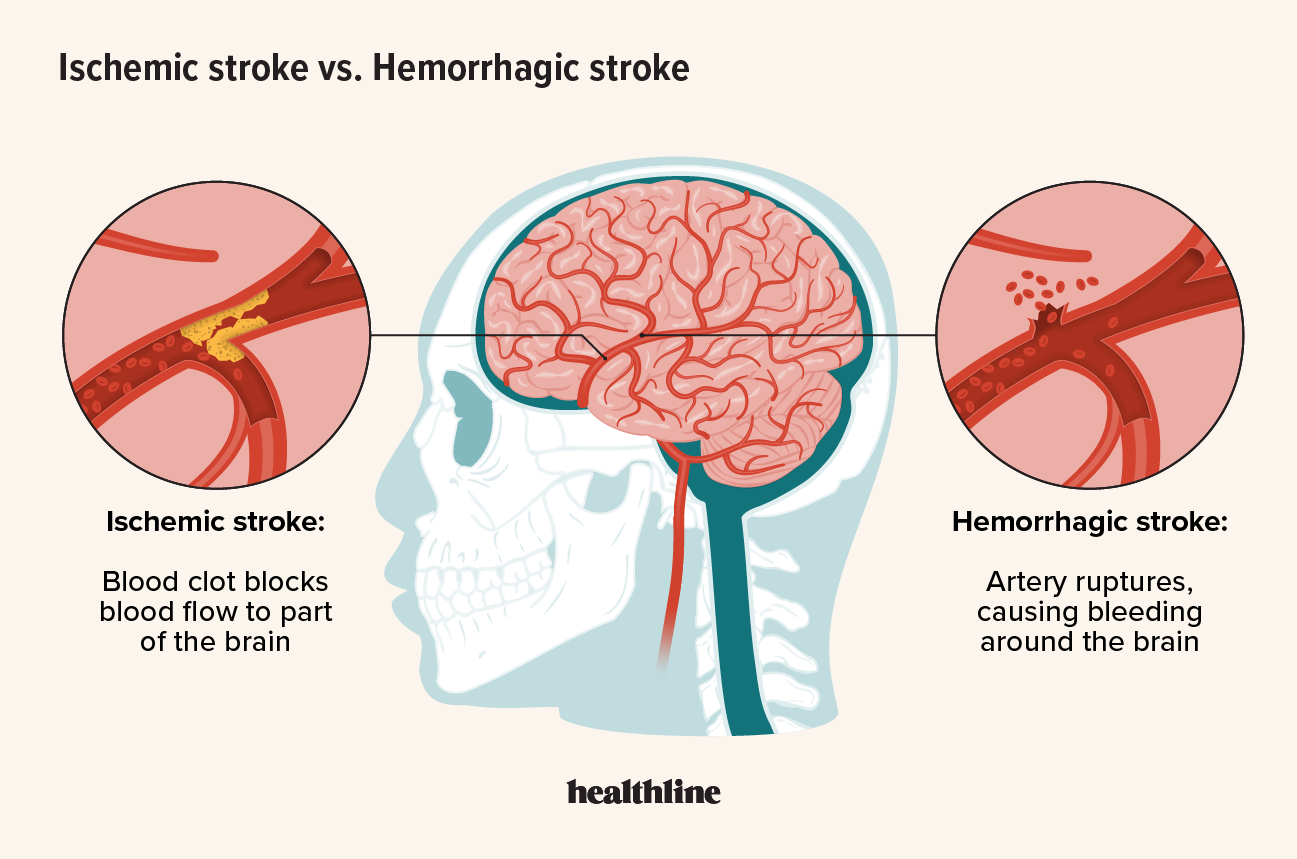
Surgical Interventions
Some situations may require surgical approaches:
- Catheter-directed thrombolysis: Delivering clot-busting drugs directly to the clot
- Thrombectomy: Surgical removal of the clot
- Inferior vena cava filters: Implanted devices to catch clots before they reach the lungs
How long does it take for blood clot treatments to work? The effectiveness of treatment can vary. Anticoagulants begin working quickly to prevent new clots but may take weeks or months to resolve existing clots. Thrombolytic therapy can dissolve clots within hours but is used selectively due to its risks.
Preventing Blood Clots: Strategies and Lifestyle Changes
While not all blood clots can be prevented, several strategies can significantly reduce the risk of their formation.
Physical Activity and Movement
Regular movement is crucial for maintaining healthy blood flow:
- Avoid prolonged periods of sitting or standing
- Take breaks to walk or stretch during long trips
- Exercise regularly to improve circulation
- If bedridden, follow prescribed movement exercises

Lifestyle Modifications
Certain lifestyle changes can contribute to better vascular health:
- Maintain a healthy weight
- Quit smoking
- Stay hydrated
- Manage underlying health conditions like diabetes or high blood pressure
Compression Garments
Compression stockings or socks can help improve blood flow in the legs, reducing the risk of DVT. They are particularly beneficial for individuals with a history of clots or those at high risk due to surgery or travel.
Is it possible to completely eliminate the risk of blood clots? While it’s impossible to eliminate all risk, especially for those with certain medical conditions or genetic predispositions, implementing these preventive measures can significantly reduce the likelihood of clot formation.
Long-Term Management and Living with Blood Clot Risk
For individuals who have experienced a blood clot or are at high risk, ongoing management is crucial for preventing future episodes and maintaining overall health.
Follow-up Care and Monitoring
Regular medical follow-ups are essential for:
- Assessing the effectiveness of ongoing treatments
- Monitoring for potential complications
- Adjusting medications as needed
- Screening for underlying conditions that may contribute to clot formation

Lifestyle Adjustments
Long-term lifestyle changes can play a significant role in managing blood clot risk:
- Maintaining a consistent exercise routine
- Following a heart-healthy diet
- Managing stress through relaxation techniques or counseling
- Avoiding or minimizing known risk factors
Patient Education and Self-Monitoring
Empowering patients with knowledge is crucial for effective long-term management:
- Understanding the signs and symptoms of blood clots
- Learning to perform self-examinations for early detection
- Knowing when to seek medical attention
- Being aware of potential medication side effects
How can individuals effectively balance blood clot prevention with quality of life? It’s important to work closely with healthcare providers to develop a personalized management plan. This approach should aim to minimize risk while allowing for an active and fulfilling lifestyle, tailored to each individual’s specific needs and circumstances.
Emerging Research and Future Directions in Blood Clot Management
The field of thrombosis research is continuously evolving, with new discoveries and treatment approaches on the horizon.
:max_bytes(150000):strip_icc()/calcified-fibroids-5191040-FINAL-1d502c1bc8144912b41b84982926e110.jpg)
Advanced Diagnostic Techniques
Researchers are exploring innovative methods for earlier and more accurate clot detection:
- Biomarker identification for predicting clot risk
- Advanced imaging technologies for better visualization of clots
- Artificial intelligence algorithms for rapid diagnosis
Novel Therapeutic Approaches
Emerging treatments aim to provide more targeted and effective options:
- Gene therapy for inherited clotting disorders
- Nanomedicine for precise drug delivery
- Immunotherapy to modulate the body’s clotting response
Personalized Medicine in Clot Management
The future of blood clot treatment lies in tailoring approaches to individual patients:
- Genetic profiling to assess personal risk factors
- Customized anticoagulation regimens based on patient characteristics
- Integration of lifestyle factors and medical history in treatment plans
What potential breakthroughs in blood clot management might we see in the coming years? While it’s difficult to predict specific advancements, the trend towards more personalized, precise, and less invasive treatments is likely to continue. These developments may lead to improved outcomes and quality of life for individuals at risk of or living with blood clots.
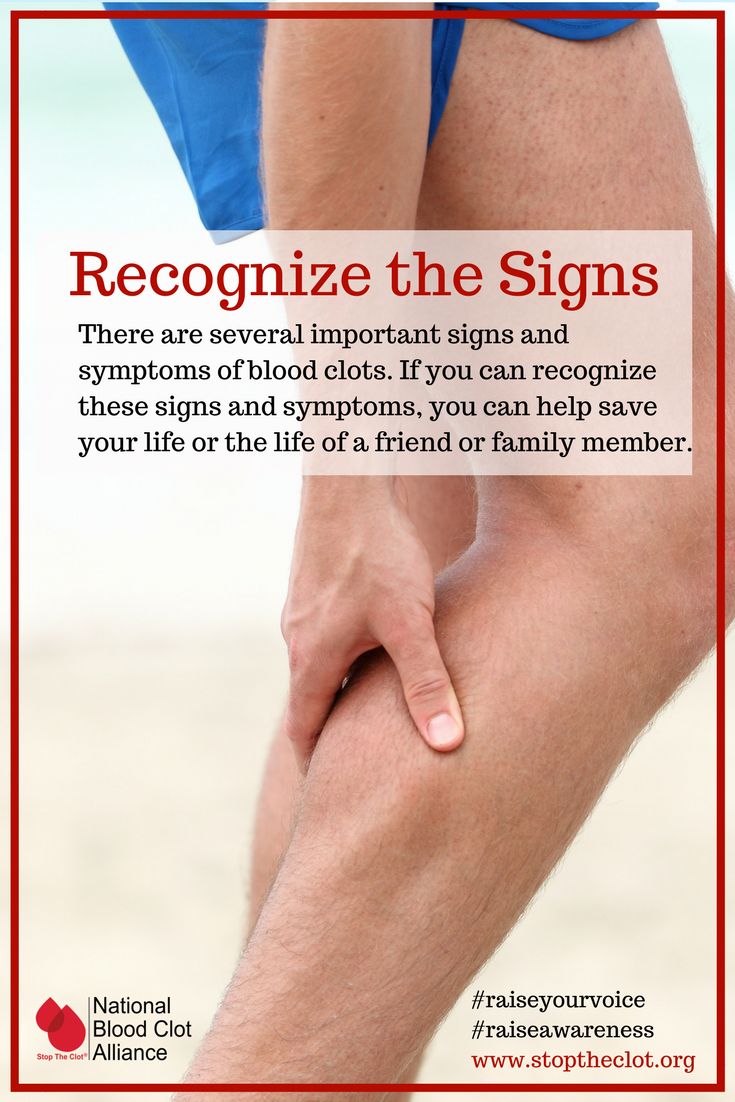
In conclusion, understanding blood clots – from their formation and symptoms to prevention and treatment – is crucial for maintaining vascular health. By staying informed, recognizing risk factors, and working closely with healthcare providers, individuals can take proactive steps to reduce their risk of this potentially life-threatening condition. As research progresses, we can look forward to even more effective strategies for managing and preventing blood clots in the future.
4 Blood Clot Symptoms Not To Ignore
Medically Reviewed by James Beckerman, MD, FACC on November 18, 2022
It’s a clump of cells and protein in your blood. A clot helps slow bleeding when you’re injured. It usually dissolves as you heal. But if it doesn’t, or if it forms when it’s not needed, it can clog up or completely block a blood vessel.
An unexpected clot can lead to serious problems and even death. In an artery, it can give you a heart attack or a stroke. If it happens in a vein, you can feel pain and swelling. A clot deep inside your body is called a deep vein thrombosis (DVT). One in your lungs is a pulmonary embolism (PE). They’re both medical emergencies.
You can get a blood clot if you break a bone or pull a muscle badly. But sometimes you may not know why it happened or even realize you have one. There are clues though. Your odds of a clot are higher if you:
- Are recovering from surgery or had to sit for many hours on a flight or in a wheelchair
- Are overweight or obese
- Have diabetes or high cholesterol
- Are over 60
When a clot slows or stops the flow of blood, it can build up in the vessel and make it swell. If it happens in your lower leg or calf, it’s often a sign of DVT. But you also can have a clot in your arms or belly. Even after it goes away, one in three people still have swelling and sometimes pain and sores from damage to the blood vessel.
If it happens in your lower leg or calf, it’s often a sign of DVT. But you also can have a clot in your arms or belly. Even after it goes away, one in three people still have swelling and sometimes pain and sores from damage to the blood vessel.
If a clot plugs up veins in your arms or legs, they may look bluish or reddish. Your skin also might stay discolored from the damage to blood vessels afterward. A PE in your lung could make your skin pale, bluish, and clammy.
Sudden, intense chest pain could mean the clot has broken off and caused a PE. Or it could be a sign that a clot in your artery gave you a heart attack. If so, you also might feel pain in your arm, especially on the left. A clot often hurts where it’s located, like in your lower leg, stomach, or under your throat.
This is a serious symptom. It could be a sign that you have a clot in your lung or your heart. Your heart might also race, or you may feel sweaty or faint.
A clot can give you different symptoms based on where it is. A PE can give you a fast pulse, chest pain, bloody cough, and shortness of breath. Get to the hospital right away. You also might have no signs.
A PE can give you a fast pulse, chest pain, bloody cough, and shortness of breath. Get to the hospital right away. You also might have no signs.
This can feel similar to a clot in the lung. But if it’s a heart attack, you also might feel nausea and lightheadedness along with the chest pain. Either way, call 911 or get to a hospital right away.
Pressure builds when blood can’t flow normally. A severe blockage sometimes can lead to a stroke. Without oxygen from the blood, your brain cells start to die in minutes. A clot in your brain can cause headaches, confusion, seizures, speech problems, and weakness, sometimes on just one side of the body.
Often, you have no symptoms at all. Blocked veins in the stomach or esophagus, a tube that connects it to your throat, can rip and leak blood. That can hurt a lot. You may poop or vomit blood, and your stool might look black and smell unusually bad.
Also called renal vein thrombosis, these clots usually grow slowly and mostly in adults.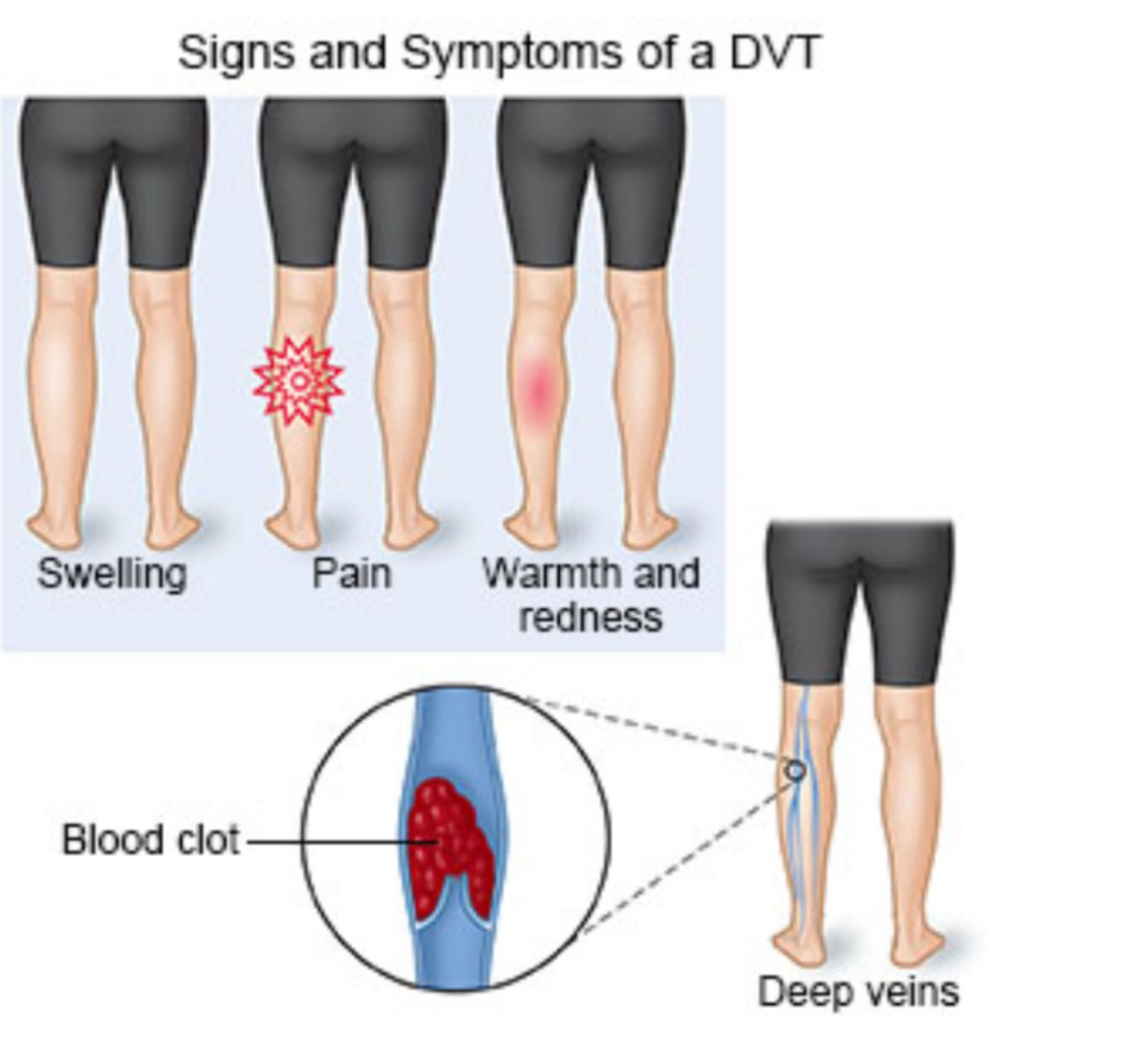 You probably won’t have symptoms unless a piece breaks off and lodges in your lung. Rarely, especially in children, it can happen fast and cause nausea, fever, and vomiting. You also might have blood in your pee and go less often.
You probably won’t have symptoms unless a piece breaks off and lodges in your lung. Rarely, especially in children, it can happen fast and cause nausea, fever, and vomiting. You also might have blood in your pee and go less often.
See your doctor or go to the emergency room right away. A clot can be deadly, and you won’t know for sure you have it until you get checked. Your doctor may give you a clot-busting drug or surgically thread a thin tube to the site of the clot to dissolve it.
You can act to lower your odds of a clot. First, keep a healthy weight, eat right, and exercise. Also:
- Don’t sit or stay still for long, especially after a long trip or surgery.
- If you’re a desk jockey, get up and move at least every couple of hours. Flex your legs, feet, and toes in your chair.
- Check if tight-fitting compression socks or garments can help your blood flow.
- Ask your doctor if you might need to take clot-fighting drugs called anticoagulants.
IMAGES PROVIDED BY:
- Science Source
- Getty Images
- Getty Images
- Science Source
- Thinkstock
- Getty Images
- Thinkstock
- Science Source
- Thinkstock
- Thinkstock
- Thinkstock
- Thinkstock
- Thinkstock
- Thinkstock
SOURCES:
AARP: “Blood Clots: Are You at Risk?”
ACP Hospitalist: “Splanchnic venous thrombosis. ”
”
American Society of Hematology: “Blood Clots.”
CDC: “Venous Thromboembolism (Blood Clots).”
Circulation: “Postthrombotic Syndrome.”
Merck Manual Consumer Version: “Renal Vein Thrombosis,” “Portal Vein Thrombosis,” “Fainting.”
RadiologyInfo.Org: “Blood Clots.”
© 2022 WebMD, LLC. All rights reserved. View privacy policy and trust info
What does a blood clot feel like?
A blood clot may cause swelling or pain in a leg, arm, or another area, but it doesn’t always. Here, learn how to recognize signs of a blood clot and what you should do if you experience them.
Blood clots are a serious issue, as they can be life threatening. Also called thrombosis, this condition occurs when clots form in the vessels that contain blood, preventing it from flowing effectively.
Blood clots can form in the veins or arteries. When a blood clot occurs in one of your veins, it’s called venous thromboembolism (VTE).
According to the Centers for Disease Control and Prevention (CDC), an estimated 900,000 people in the United States are affected by blood clots each year. An estimated 60,000 to 100,000 people die from this condition annually. Males are at a higher risk of getting both a first-time and a recurring blood clot than females.
An estimated 60,000 to 100,000 people die from this condition annually. Males are at a higher risk of getting both a first-time and a recurring blood clot than females.
If you’re even slightly concerned you might have a blood clot, call your doctor right away. Symptoms of blood clots can vary. It’s also possible to have a blood clot with no symptoms.
Read on to learn about some of the symptoms that may indicate a blood clot.
A blood clot that shows up in one of the major veins in your body is called deep vein thrombosis (DVT). They’re most common in the legs or the hip region.
A blood clot could break loose and travel to your lungs. This leads to a serious and potentially fatal condition known as pulmonary embolism.
Signs of a blood clot in your leg include:
- swelling
- redness, darkening, or patches of discoloration
- pain
- tenderness
These symptoms are especially indicative of a blood clot when they occur in only one leg. That’s because you’re more likely to have a clot in one leg as opposed to in both legs. There are some other conditions and factors that could explain these symptoms, however.
That’s because you’re more likely to have a clot in one leg as opposed to in both legs. There are some other conditions and factors that could explain these symptoms, however.
To help distinguish a potential blood clot from other causes, Thomas Maldonado, MD, vascular surgeon and medical director of the Venous Thromboembolic Center at NYU Langone Medical Center, offered some more detailed thoughts on what someone might feel if they have a blood clot.
For one, the pain might remind you of a severe muscle cramp or charley horse. If your leg is swollen, elevating or icing the leg won’t reduce the swelling if it’s a blood clot. If icing or putting your feet up makes the swelling go down, you may have a muscle injury.
Share on PinterestMedSci/Alamy Stock Photo
With a blood clot, your leg may also feel warm as the clot worsens. You may even notice a slight reddish or bluish hue to your skin. This may appear darker brown or discolored on darker skin.
You shouldn’t worry about a clot if the leg pain is made worse with exercise but relieved by rest. That’s most likely a result of poor blood flow through the arteries rather than DVT, says Maldonado.
That’s most likely a result of poor blood flow through the arteries rather than DVT, says Maldonado.
Superficial venous thrombosis
Blood clots can also form in veins that are closer to the skin, known as superficial venous thrombosis, and cause a syndrome called superficial thrombophlebitis.
These can be caused by injury to the skin, including having an intravenous (IV) line placed, or other risk factors similar to those causing a DVT. While superficial thrombophlebitis can be painful, these types of blood clots usually don’t travel to the lungs.
Your doctor will examine you and may use an ultrasound to differentiate between a superficial blood clot and a DVT.
Blood clots may be more common in the lower legs, but they can happen in other parts of your body, too. Where clots form and where they end up influence which symptoms you have and the consequences.
For example, when a blood clot forms in the arteries of the heart and blocks blood flow, it can cause a heart attack.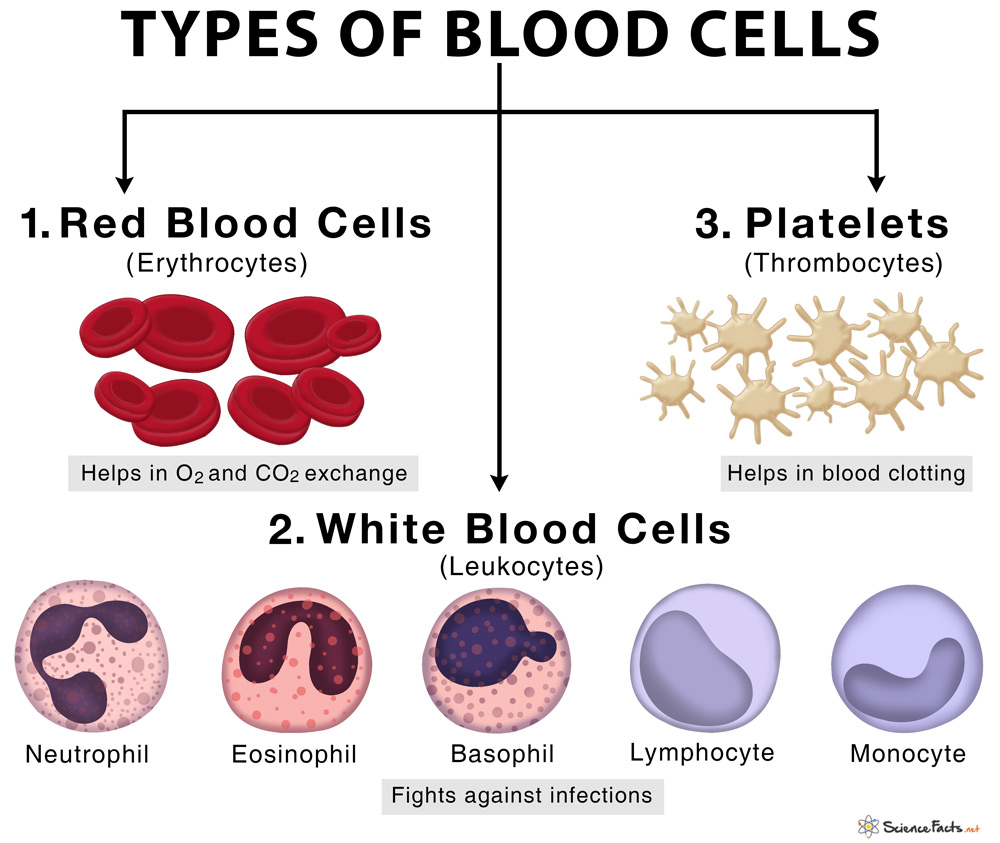 Or, a blood clot could travel to your lungs and cause a pulmonary embolism. Both can be life threatening and have similar symptoms.
Or, a blood clot could travel to your lungs and cause a pulmonary embolism. Both can be life threatening and have similar symptoms.
Share on Pinterest A Blood Clot’s Obstructing The Pulmonary Artery. Angiography Of Thorax, Frontal View. Photo By BSIP/UIG Via Getty Images
Chest pain is a sign that something is wrong, but figuring out if it’s a heart attack, a pulmonary embolism, or just indigestion can be difficult.
According to Maldonado, the chest pain that comes with a pulmonary embolism may feel like sharp pains that get worse with each breath. This pain may also be accompanied by:
- sudden shortness of breath
- rapid heart rate
- possibly a cough
A pain in your chest that feels more like an elephant is sitting on you may be a sign of a potential cardiac event, such as a heart attack or angina. The pain that goes along with a potential heart attack may center on your chest.
It might also radiate to the left part of your jaw or your left shoulder and arm.
If you’re sweaty or have what feels like indigestion along with chest pain, that’s more cause for concern of a heart attack, says Patrick Vaccaro, MD, MBA, director of the Division of Vascular Diseases and Surgery at Ohio State University’s Wexner Medical Center.
Both conditions are serious, and both warrant further immediate medical attention.
Is your chest pain from congestion or wheezing? That’s more consistent with an infection or asthma, adds Maldonado.
Blood clots that form either in the chambers of your heart or within the carotid arteries in your neck have the potential to travel to your brain. That can cause a stroke, explains Sullivan.
The signs of a stroke include:
- weakness or numbness on one side of your body
- vision disturbances
- difficulty speaking clearly
- difficulty walking
- inability to think clearly
Unlike most of the other signs of blood clots, Vaccaro notes that you likely won’t feel pain with a stroke. “But there may be a headache,” he adds.
“But there may be a headache,” he adds.
For more details of what having a blood clot might feel like, read some real stories from the National Blood Clot Alliance (NBCA) of people who have experienced one.
When a blood clot forms in one of the major veins that drain blood from your intestine, it’s called a mesenteric venous thrombosis.
Mesenteric venous thrombosis
A blood clot here can stop blood circulation of the intestine and cause internal damage in that area. Catching a clot in the abdomen early may lead to a better outlook.
Some people are more at risk for this type of clot than others, says Caroline Sullivan, nurse practitioner and assistant professor at Columbia University School of Nursing. This includes anyone with a condition that causes swelling of the tissues surrounding the veins, such as:
- appendicitis
- cancer
- diverticulitis
- pancreatitis, or acute swelling of the pancreas
Taking birth control pills and estrogen medications also increases your chances of having this type of clot.
The symptoms of a clot in the abdomen may include abdominal pain, bloating, and vomiting. If the stomach pain gets worse after eating or worse over time, it’s more likely to be associated with a clot, says Sullivan.
This pain might be severe and seem like it’s coming out of nowhere. It’s not something you’re likely to have experienced before, says Vaccaro, who compares it to “some of the worst pain an individual can experience.”
See your doctor if you think there’s even a small chance you could have a blood clot.
“The sooner the blood clot is diagnosed, the sooner treatment can be started and [the] chance of permanent harm can be reduced,” says Vaccaro.
A blood clot can form in the veins or the arteries, interrupting blood flow. It can cause pain, swelling, and red or dark, tender skin. The area around the blood clot may feel tight or sore like you have a muscle cramp or charley horse. Unfortunately, these symptoms of a blood clot can be confused with other conditions, including muscle pain and muscle injury.
It is also possible a blood clot will not cause any apparent symptoms. There is no way for you to know if your symptoms are the result of a blood clot or another issue. That’s why you should seek medical attention and an expert opinion if you have symptoms that could be the result of a blood clot. Quick treatment is necessary for successful treatment and future blood clot prevention.
Can you physically see a blood clot?
It is possible you will see evidence of a superficial venous thrombosis, or a blood clot in a vein that is closer to the skin. But it is still unlikely you still see the blood clot itself. Instead, you may experience redness, swelling, darkening of the skin over the vein, and hardening of the vein.
Can a blood clot go away on its own?
It is possible for blood clots to break apart on their own. This happens frequently with cuts and bruises. Blood clots form to stop the bleeding, and then naturally break apart after the wound has healed.
But there is no guarantee a blood clot will go away on its own, and the risk of more serious problems caused by a blood clot is very real.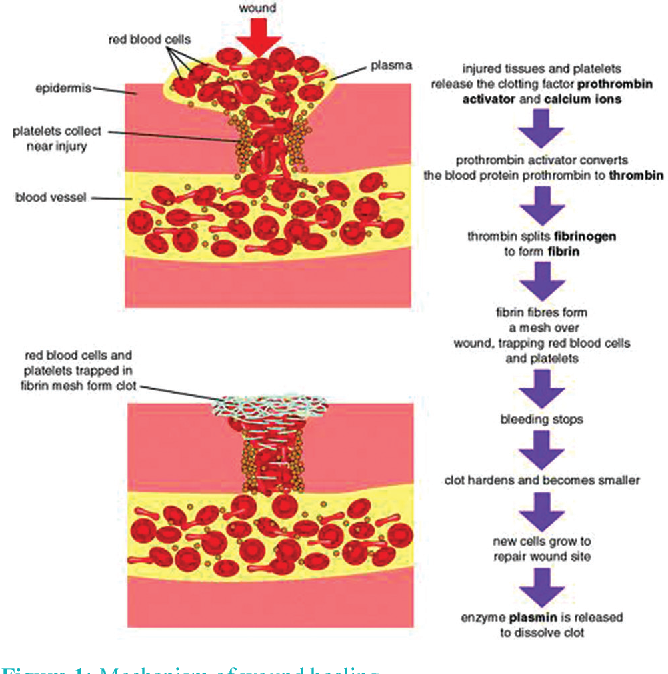 That’s why you should seek treatment if you believe you have a blood clot. Treatment can help break apart the clot and prevent future ones.
That’s why you should seek treatment if you believe you have a blood clot. Treatment can help break apart the clot and prevent future ones.
What are the first signs of a blood clot in the leg?
The first signs of a blood clot in the leg may include swelling, a change of color in the skin, and pain that starts out as dull and aching but can become sharp and intense. This pain may feel like a muscle cramp or charley horse.
How fast does a blood clot travel from the legs to the lungs?
A blood clot can break loose and travel from the legs to the lungs rapidly. It may take several days or weeks, or it can happen in a matter of minutes or hours. Once it has moved, a blood clot in the lungs can develop, which is known as an embolism. If the blood clot quickly cuts off blood supply, it is called an infarct.
How to check for a blood clot in your leg?
You can only monitor for the signs and symptoms of a blood clot in your leg. You cannot check to see if a blood clot is present yourself.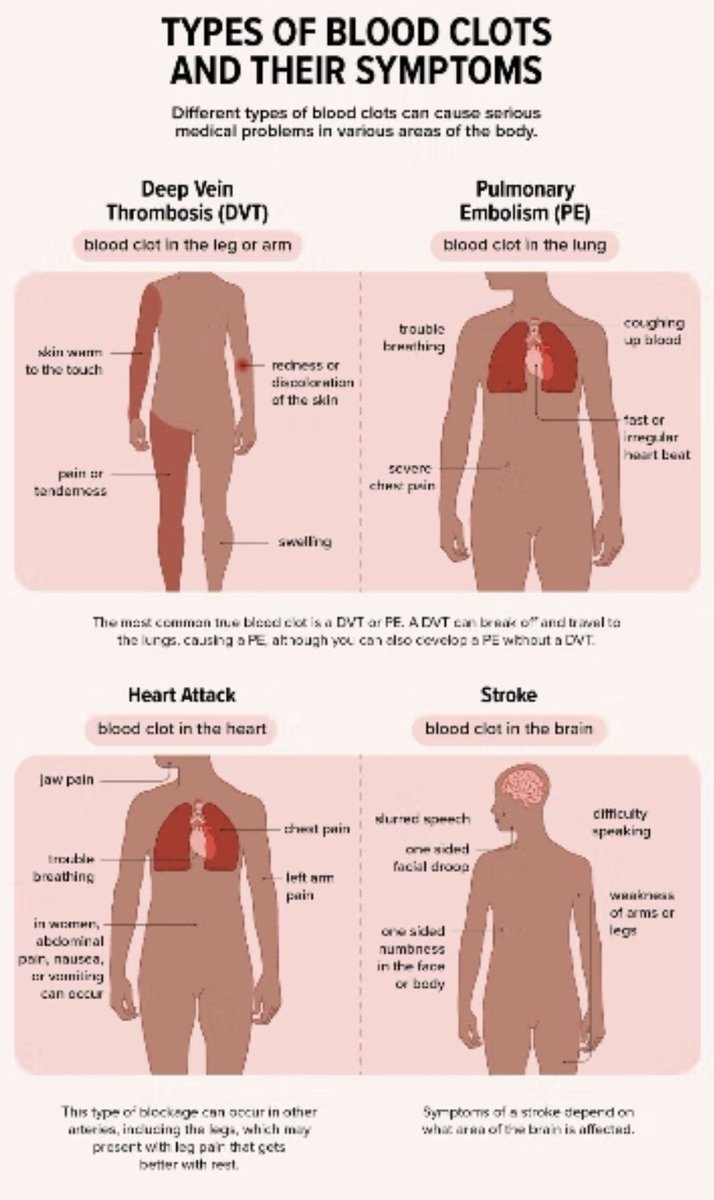 That must be done by a medical professional.
That must be done by a medical professional.
Unfortunately, the signs and symptoms of a blood clot can be similar to other, less serious conditions, which is why some people write off the symptoms until it’s too late. If you have symptoms of a blood clot in your leg, make an appointment to see your doctor. If your doctor is unavailable, consider visiting an urgent care center or hospital emergency department.
What is the treatment for a blood clot in the leg?
Treatments for blood clots in the leg focus on preventing the clots from getting bigger, breaking loose and traveling elsewhere in the body, and then reducing the chances of future clots. These treatments include:
- Blood thinners: Anticoagulants (blood thinners) like heparin, warfarin (Jantoven), rivaroxaban (xarelto), or apixaban (Eliquis) can help break up existing blood clots and prevent them from growing. These medicines can also prevent future blood clots from forming.
- Clot busters: Thrombolytics can help break apart blood clots.
 However, they can cause serious bleeding, so they are typically reserved for people with severe clotting issues.
However, they can cause serious bleeding, so they are typically reserved for people with severe clotting issues. - Filters: A doctor may insert a filter in the vena cava, a large vein in the abdomen, to filter out clots that break loose and try to travel to the lungs. However, this is typically a last resort treatment in people who have suffered from bleeding complications while on blood thinners in the past or have continued to form blood clots despite being on blood thinners.
In the past, doctors have recommended using compression stockings to encourage blood flow through the legs so blood cannot pool and clot.
However, research has shown that using compression stockings may not actually reduce the risk of blood clots. Furthermore, it may actually increase the risk of post-thrombotic syndrome, a long-term complication of DVT. For this reason, the American College of Chest Physicians (CHEST) no longer recommends the use of compression stockings.
how to know if you have blood clots
The first and hidden signs that dangerous blood clots are forming in your vessels.
Tags:
Question answer
Health
Popular
Getty Images
A blood clot is a blood clot that has turned from a liquid to a gel or semi-solid state. Blood clotting is a necessary process that can prevent you from losing too much blood when you get hurt or cut. When a clot forms inside one of your veins, it doesn’t always dissolve on its own. This can be a very life-threatening situation.
Contents of the article
An immobile blood clot will not usually harm you, but it is likely to move and become dangerous. If a clot breaks off and travels through the veins to the heart and lungs, it can get stuck and obstruct blood flow. This condition requires urgent medical attention.
If you think you may have a blood clot, contact your doctor immediately.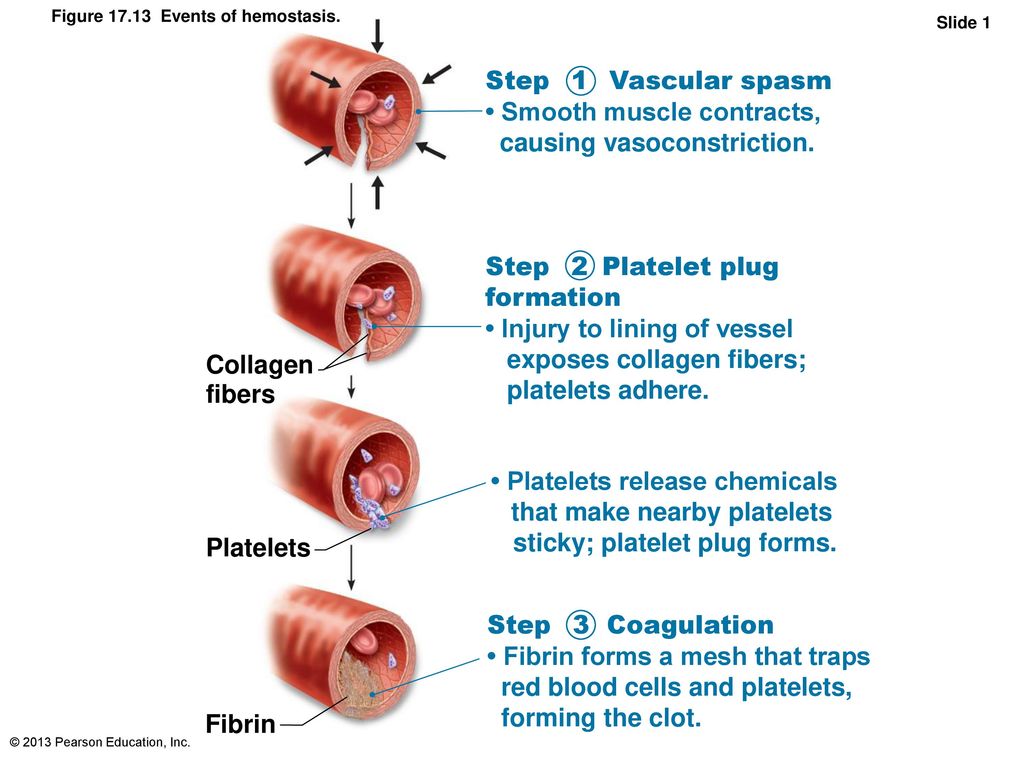 The specialist will be able to review your symptoms and medical history and recommend what steps to take.
The specialist will be able to review your symptoms and medical history and recommend what steps to take.
Types of blood clots
Your circulatory system is made up of vessels called veins and arteries that carry blood throughout your body. Blood clots can form in veins or arteries. An arterial clot causes symptoms immediately and requires emergency care. Symptoms of an arterial clot include severe pain, paralysis of parts of the body, or both. It can lead to a heart attack or stroke. A blood clot that forms in a vein may build up more slowly over time, but it can still be life-threatening. The most serious type of venous clot is deep vein thrombosis.
ADVERTISING – CONTINUED BELOW
See also: What a heart attack looks like: remember these symptoms It most often occurs in one of the lower extremities, but it can also occur in the arms, pelvis, lungs, or even the brain. Without consulting a doctor, it is impossible to confirm its presence.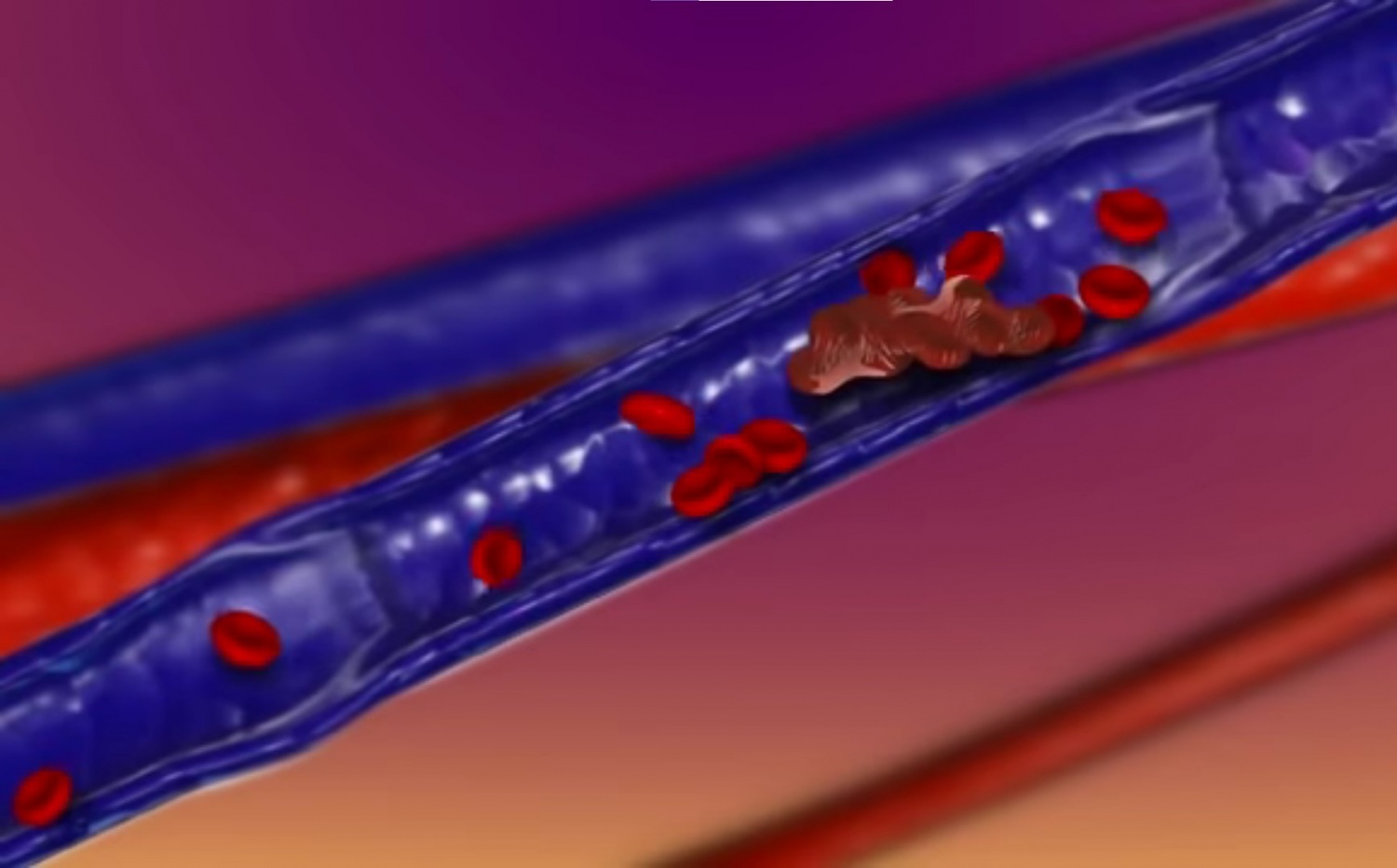 But if you know the most common symptoms and risk factors, you can know when to see a specialist.
But if you know the most common symptoms and risk factors, you can know when to see a specialist.
Possible blood clot without obvious symptoms. When the symptoms do appear, some of them coincide with the symptoms of other diseases. Below we have given the first signs and symptoms of a blood clot in the leg or arm, heart, abdomen, brain and lungs.
Blood clot in the leg or arm
Most often, a blood clot forms in the lower leg. A blood clot in a leg or arm may present with various symptoms, including:
- swelling
- pain
- weakness
- warm sensation
- reddish discoloration
Symptoms will depend on the size of the clot. This is why there may be no symptoms, or you may only have a slight swelling of the calf without much pain. If the clot is large, the entire leg may swell with severe pain. Blood clots on both legs or arms are rare. Your chances of having a blood clot are increased if your symptoms only affect one leg or one arm.
Blood clot in the heart or heart attack
Blood clot in the heart causing a heart attack. The heart is a less common place for a blood clot to form, but it can still happen. A blood clot in the heart can cause pain or a feeling of heaviness in the chest. Other potential symptoms are dizziness and shortness of breath.
( Read also: How to give first aid for a fracture)
Blood clot in the abdominal cavity
Severe abdominal pain and swelling may be symptoms of a blood clot somewhere in the abdomen. They may also look like symptoms of food poisoning.
Blood clot in the brain or stroke
Blood clot in the brain is also known as a stroke. A blood clot in the brain can cause a sudden and severe headache, as well as some other symptoms, including sudden difficulty speaking or seeing.
Blood clot in the lungs or pulmonary embolism
When a blood clot travels to the lungs, it is called pulmonary embolism (PE). Symptoms of PE may include:
Symptoms of PE may include:
- sudden shortness of breath not caused by exercise
- chest pain
- palpitations
- trouble breathing
- hemoptysis
9 0002 ( See also: What to do if a person faints)
What are the risk factors?
Certain risk factors increase the chances of a blood clot. A recent hospital stay, especially a long one or one associated with major surgery, increases the risk of thrombosis.
Common factors that may put you at moderate risk of a blood clot include:
- age, especially if you are over 65
- long trips, especially those that require you to sit for more than four hours at a time,
- bed regimen or prolonged sedentary lifestyle
- obesity
- family history of blood clots
- smoking
- cancer
When to see a doctor?
It is very difficult to diagnose a blood clot based on symptoms alone.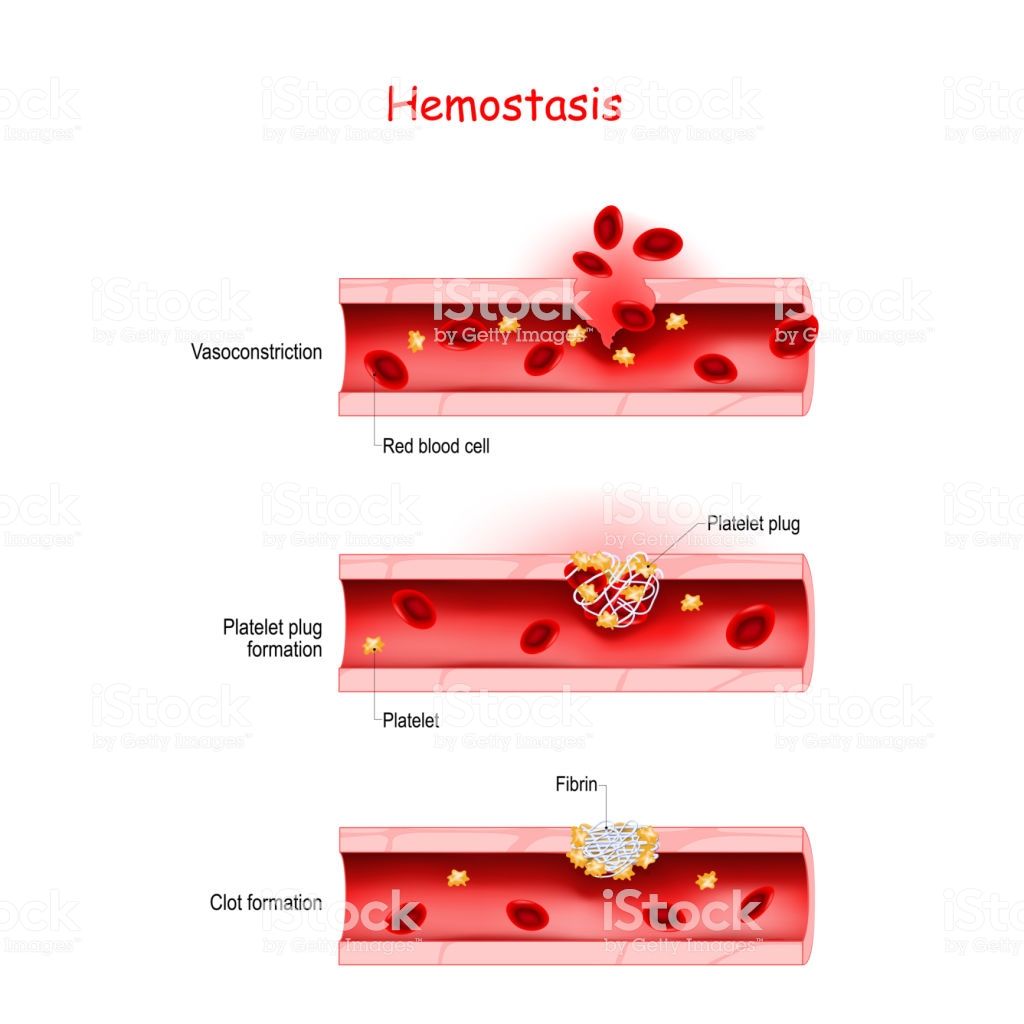 Nearly 50 percent of people with DVT have no symptoms. That’s why it’s best to call your doctor if you think you have a blood clot. It is especially worth worrying about symptoms that appear out of nowhere. Call
Nearly 50 percent of people with DVT have no symptoms. That’s why it’s best to call your doctor if you think you have a blood clot. It is especially worth worrying about symptoms that appear out of nowhere. Call
additional tests to determine the exact cause. In many cases, the first step will be a non-invasive ultrasound (ultrasound). This test will show a picture of the veins or arteries, which will help the doctor make a diagnosis.
Intracardiac thrombi. Diagnosis and treatment
Blood clots can form not only in veins, but also in heart cavities and arteries.
Blood clots are a natural reaction of the body. They contribute to the restoration of damaged blood vessels. A blood clot is a blood clot that contains fibrin (a protein needed for blood clotting). But blood clots in the cavities of the heart is a completely different matter.
The most dangerous thing is that there are no symptoms by which one can suspect the presence of intracardiac thrombi.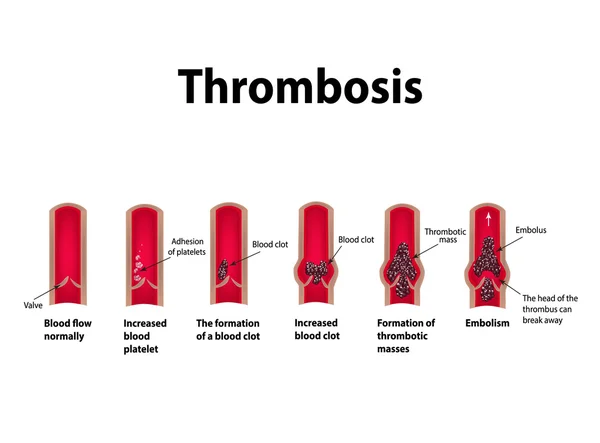 It is possible to detect a thrombus in the cavities of the heart only during diagnostics (echocardiography, etc.). And any symptoms (shortness of breath or suffocation) a person can only feel with pulmonary embolism.
It is possible to detect a thrombus in the cavities of the heart only during diagnostics (echocardiography, etc.). And any symptoms (shortness of breath or suffocation) a person can only feel with pulmonary embolism.
Thrombi can be in the left or right cavities of the heart, in the atria or ventricles (more often these are parietal thrombi).
What are blood clots:
- Floating. These are partially attached thrombi. The danger is that the floating part of the thrombus may come off;
- Parietal, when the clot is completely attached to the wall of the chamber of the heart;
- Occlusive. The most dangerous! These clots cut off blood flow.
Thrombi in the left side of the heart
Most often, blood clots in the left cavities of the heart occur against the background of three diseases.
People at risk are:
- with mitral valve stenosis;
- with atrial fibrillation (atrial fibrillation):
- with postinfarction aneurysm of the left ventricle.

Blood clots in the left side of the heart – the risk of arterial thromboembolism, ischemic attacks or cerebral infarction! With the localization of blood clots in the left cavities of the heart, the arteries of the kidneys, upper and lower extremities, and the arteries of the intestine can also be affected.
Heart attacks and strokes
In arterial atherosclerosis and plaque rupture, a blood clot forms in the artery. As a result, myocardial infarction (necrosis of the organ tissue) can occur. If a thrombus located in the cavity of the left ventricle breaks off, then, spreading through the blood stream, it can clog the arteries of the brain (as a result, cerebral infarction occurs – ischemic stroke), kidneys (kidney infarction), intestines (intestinal infarction, mesenteric thrombosis), limbs (gangrene).
If a clot breaks off, it can spread with the bloodstream and close the vessel lumen! When the vessel is blocked, blood circulation is disturbed, which leads to oxygen starvation and tissue necrosis.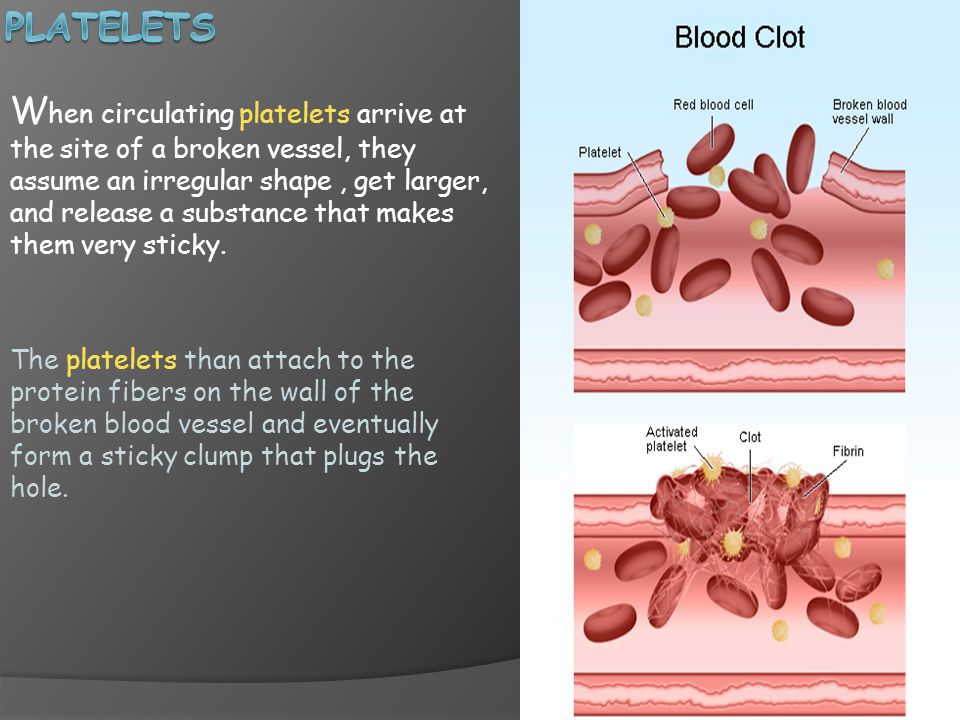 This can cause complications such as myocardial infarction, PE, and even death.
This can cause complications such as myocardial infarction, PE, and even death.
If there is an open oval window in the intercardiac septum, blood clots from the veins of the lower extremities, the pelvis can move from the right atrium to the left and then enter the brain with the blood flow. The result is also a stroke.
Thrombi formed in cardiac aneurysm
After a heart attack, parietal thrombi may form in the left ventricle. They are seen by specialists with the help of echocardiography. This is the main type of diagnostic for the detection of blood clots in the cavities of the heart. If they are detected, a specialist may prescribe anticoagulants (in the absence of contraindications).
Thrombi formed in mitral valve stenosis
There is a special variety – a spherical thrombus in the left atrium. Such a thrombus is formed during mitral valve stenosis, in which outflow from the left atrium into the left ventricle is disturbed.
Thrombi formed during atrial fibrillation (atrial fibrillation)
In atrial fibrillation, blood clots are usually localized in the left atrial appendages.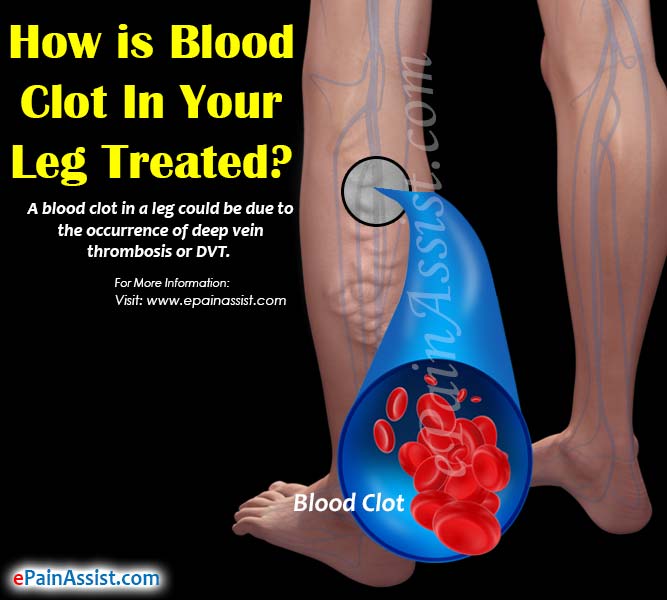 The ear is a protrusion of the atrium (it looks like a sac). Thrombi of the left atrial appendage can be detected most often only with transesophageal echocardiography. They are very difficult to detect with echocardiography.
The ear is a protrusion of the atrium (it looks like a sac). Thrombi of the left atrial appendage can be detected most often only with transesophageal echocardiography. They are very difficult to detect with echocardiography.
Blood clots in the right side of the heart
The presence of a blood clot in the right side of the heart is fraught with complications in the form of thromboembolism of the branches of the pulmonary artery (a disease in which the arteries of the lungs are affected). PE is one of the most dangerous complications.
A thrombus may first form in the deep veins of the lower extremities. If a floating thrombus breaks off, then with the blood flow it first enters the right heart, and then into the pulmonary artery. This can lead to sudden death!
Diagnostics
The main method for diagnosing intracardiac thrombi in MedicCity is echocardiography.
1
Echo-KG (ultrasound of the heart)
2
Echo-KG (ultrasound of the heart)
3
Echo-KG (ultrasound of the heart)
If you need to diagnose blood clots in the veins, a duplex scan of the veins of the lower extremities, etc.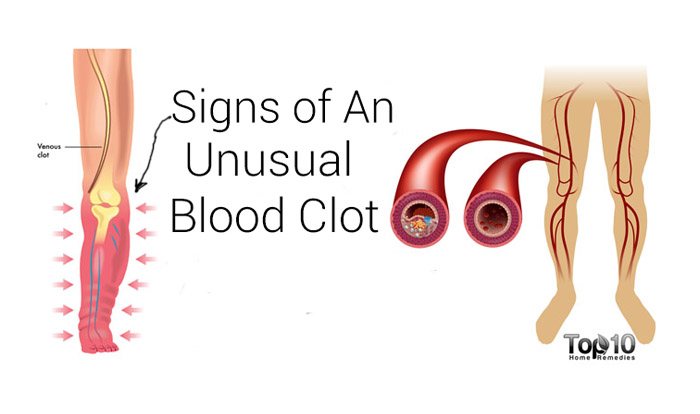

 However, they can cause serious bleeding, so they are typically reserved for people with severe clotting issues.
However, they can cause serious bleeding, so they are typically reserved for people with severe clotting issues.